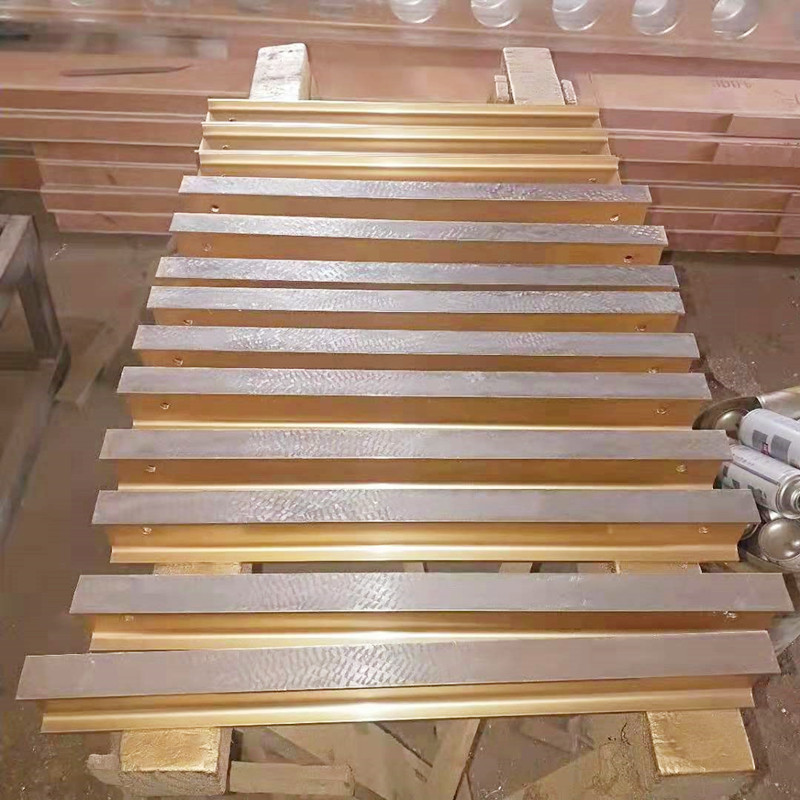Aug . 21, 2024 02:04 Back to list
Guide to Properly Install a Check Valve for Optimal Performance and Safety
Installing a Check Valve A Comprehensive Guide
Check valves are essential components in various piping systems, used to ensure the unidirectional flow of fluids and prevent backflow that can cause system failures or damage. Proper installation of a check valve is critical for its performance and longevity. This article outlines the key steps and considerations for efficiently installing a check valve in your plumbing or industrial system.
Understanding Check Valves
Before diving into the installation process, it's important to understand what check valves are. These devices allow fluid to flow in one direction while preventing reverse flow. Common types of check valves include swing check valves, lift check valves, and ball check valves, each suited for specific applications. Identifying the right type based on your system's requirements is the first step in the installation process.
Tools and Materials Needed
To install a check valve successfully, you will need various tools and materials
. Common tools include - Adjustable wrenches - Pipe cutters - Thread seal tape - Screwdrivers - A levelAdditionally, you’ll need the appropriate check valve for your specific application, based on size, material, and pressure ratings.
Installation Steps
1. Shut Off the System Before starting the installation, ensure that the system is completely shut off. This includes draining any fluids present in the pipes to prevent spills and ensure a safe working environment.
installing a check valve

2. Select the Installation Location The check valve should be installed in a horizontal or vertical position as recommended by the manufacturer. Avoid locations that may experience excessive vibration or turbulence, as this can affect valve performance.
3. Prepare the Pipe Ends Clean the pipe ends where the check valve will be installed. Remove any debris, rust, or old sealant to ensure a tight seal. If you’re using threaded pipes, apply thread seal tape to the male threads to prevent leaks.
4. Install the Check Valve Position the check valve in the correct direction. Most check valves have an arrow indicating the direction of fluid flow. It is crucial to install the valve following this directional flow to ensure proper functionality. Use your adjustable wrench to tighten the connections, but be careful not to overtighten, as this can damage the valve or piping.
5. Test for Leaks Once the valve is securely installed, turn the system back on and check for any leaks around the installation points. Look for any signs of drips or moisture. If you detect any leaks, turn off the system again, tighten the connections, or reapply sealant as needed.
6. Monitor Performance After ensuring there are no leaks, monitor the system’s performance over the next few days. Pay attention to the pressure levels and flow rates to confirm that the check valve is functioning correctly.
Maintenance Considerations
While check valves are designed to be low-maintenance, regular checks are essential to ensure they remain operational. Periodically inspect for signs of wear, such as corrosion or buildup that may impede functionality. Clean the valve and surrounding area to prolong its lifespan, and replace it if necessary.
Conclusion
Installing a check valve is a straightforward process that can significantly enhance the efficiency and reliability of your plumbing or industrial system. By understanding the type of check valve suited for your application, following proper installation techniques, and committing to regular maintenance, you can ensure uninterrupted fluid flow and protect your system from potential damage caused by backflow. With these guidelines, even those with minimal plumbing experience can successfully install a check valve and enjoy its numerous benefits.
-
Thread Micrometer Set FeaturesNewsJul.04,2025
-
Right Angle Ruler Tool for WoodworkingNewsJul.04,2025
-
Precision Frame Level Calibration StepsNewsJul.04,2025
-
Magnetic Vee Block MaterialsNewsJul.04,2025
-
Heavy Duty Ground Anchors in MiningNewsJul.04,2025
-
Features of Welding Table Cast IronNewsJul.04,2025
Related PRODUCTS









